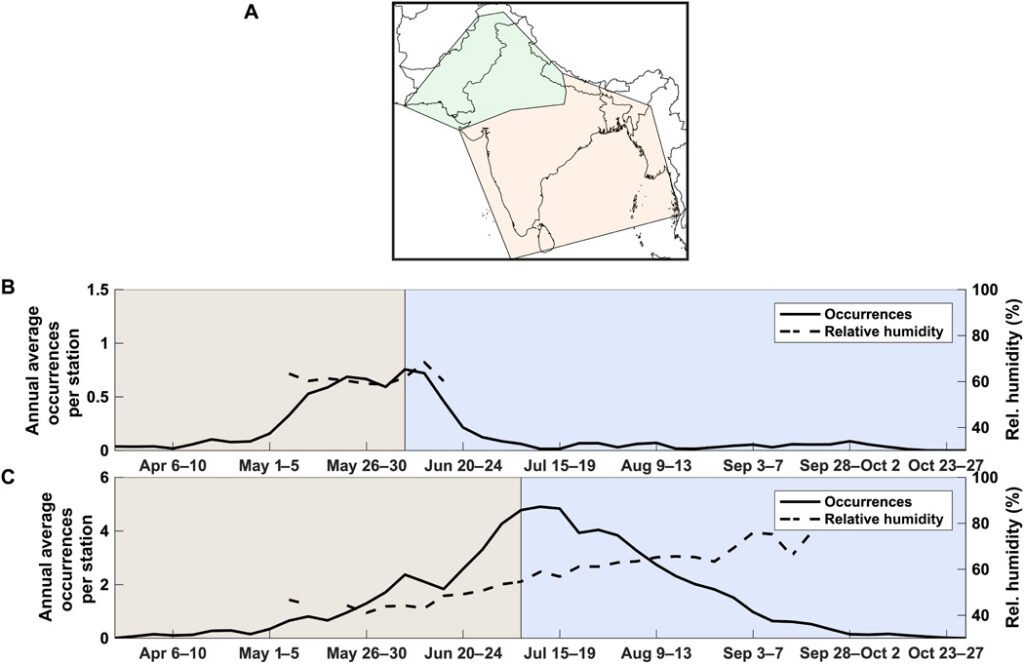Climate change is giving rise to a new trend: more areas are growing so hot and humid that people are simply dying. In fact, these heat and humidity conditions are becoming far more common than experts previously assumed, according to a recent research.

In the study, scientists identified over 7,000 examples of these deadly “wet bulb (TW) conditions” in between 1979 and 2019 — and the data shows that they’ve been steadily increasing in frequency over the years.
With enough heat and humidity, all of your sweat just stays on your skin rather than cooling you off by evaporating. That means that the body is stuck at such an elevated temperature that it starts to shut down — a growing hazard for laborers, people without air conditioning, or those in regions hit by the deadly, infrastructure-destroying heat waves.


Scientists have found that wet bulb conditions in which temperatures exceed 88 degrees Fahrenheit (31°C) — 95 degrees (35°C) for seemingly certain doom — under high humidity are on the rise in South Asia, the Middle East, Australia, and multiple chunks of the United States.
Even if one is in a perfect health, even if one is sitting in the shade, even if one is wearing clothes that make it easy in principle to sweat, even if one is has an endless supply of water. If there’s enough moisture in the air, it’s thermodynamically impossible to prevent the body from overheating and leading to death.
Reference- Journal Science Advances, NatGeo, BBC, Forbes, The Guardian






